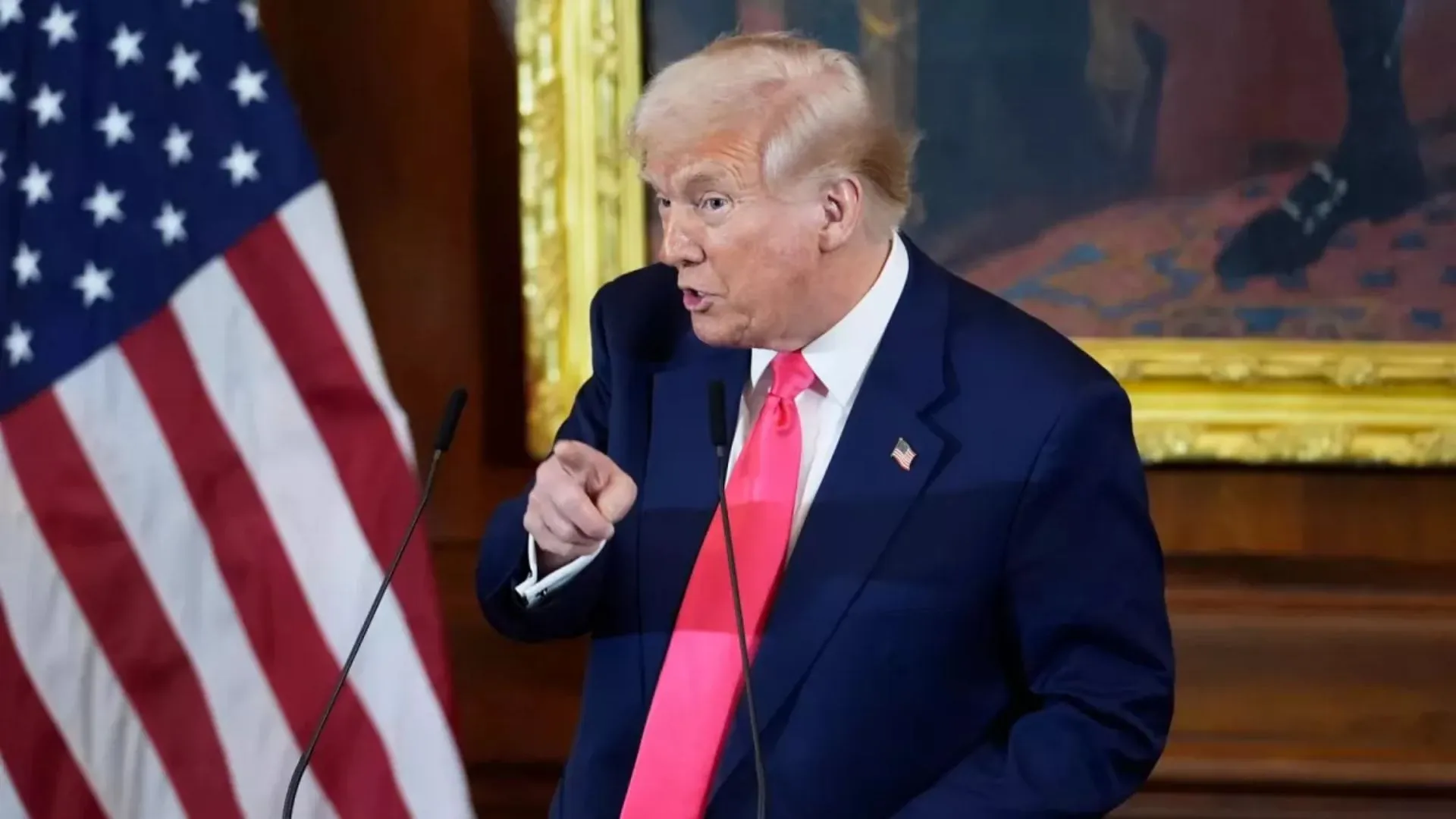U.S. President Donald Trump on Thursday, April 17, hinted at a possible end to the tit-for-tat tariff war with China that has rattled global markets and strained economic ties between the world’s two largest economies.
Speaking to reporters at the White House, Trump suggested that he may pull back from further raising tariffs on Chinese imports, acknowledging the negative impact such increases could have on American consumers and businesses.
“I don’t want them to go higher because, at a certain point, you make it where people don’t buy,” Trump said. “So, I may not want to go higher or I may not even want to go up to that level. I may want to go to less because, you know, you want people to buy — and at a certain point, people aren’t gonna buy.”
Trade Tensions and Fading Momentum
Since 2018, Trump has steadily escalated tariffs on Chinese goods as part of a broader trade war strategy aimed at pressuring Beijing to agree to new trade terms. Most recently, on April 2, the Trump administration raised import tariffs on Chinese goods to as high as 245%, as per a White House fact sheet. While the President initially imposed a 10% tariff, the rates have risen dramatically, covering a broad range of Chinese imports.
In response, China has consistently retaliated with its own counter-measures, raising levies on U.S. products and maintaining a firm public stance against what it calls “extreme pressure.” The Chinese Commerce Ministry reiterated its position earlier this week, urging the U.S. to stop imposing unilateral tariff hikes and warning it would “fight to the end” to protect its rights and interests.
“The unilateral tariff increases were entirely initiated by the United States,” Chinese commerce ministry spokesperson He Yongqian stated at a news conference. He also criticized the tariff hikes as “irrational” and dismissed the U.S. tariff strategy as a meaningless numbers game.
Despite growing economic damage, sources have suggested that while the two governments remain in touch, free-flowing, high-level exchanges that could lead to a major agreement have largely been absent. Trump declined to comment on whether talks directly involved Chinese President Xi Jinping.
TikTok Deal Tied to Trade Talks
Trump also linked the fate of Chinese-owned social media platform TikTok to the broader trade discussions. The President has repeatedly extended a legal deadline for ByteDance, TikTok’s China-based parent company, to divest its U.S. operations amid national security concerns.
“We have a deal for TikTok, but it’ll be subject to China — so we’ll just delay the deal ’til this thing works out one way or the other,” Trump said, making it clear that no final decision will be made on the social media platform’s future until trade negotiations are settled.
A Cooling of Aggression
Trump’s remarks on Thursday reflected a notable softening of his previously aggressive trade posture. He indicated a reduced willingness to impose steep, wide-ranging tariff hikes, noting the market turmoil caused by his earlier moves and the risk of discouraging consumer spending.
While several countries affected by Trump’s reciprocal tariffs have sought bilateral deals with Washington, China has refused to engage unless the discussions are conducted on the basis of “mutual respect and equality.” Beijing has maintained that it will not negotiate under duress and will retaliate against any U.S. action deemed damaging to its economic interests.
Trump’s remarks come at a time of heightened global economic uncertainty, with inflation, disrupted supply chains, and volatile markets weighing heavily on both American and Chinese economies.
ALSO READ: Is The US Stock Market Open On Good Friday? Here’s The Full 2025 Holiday Schedule























